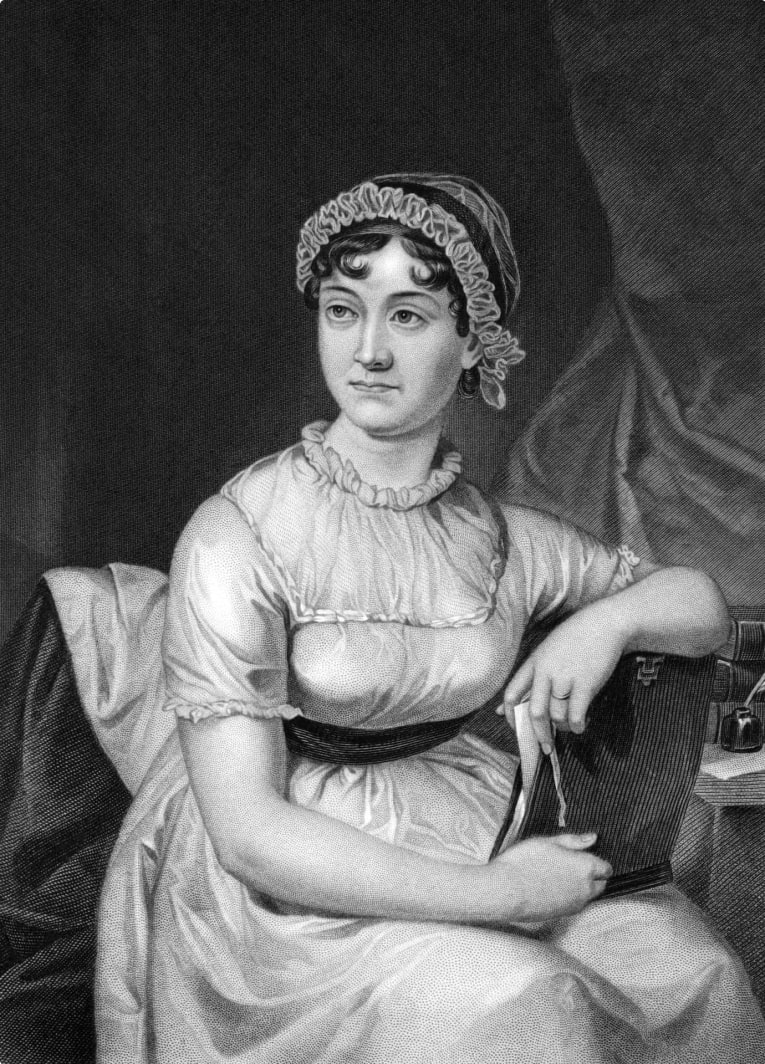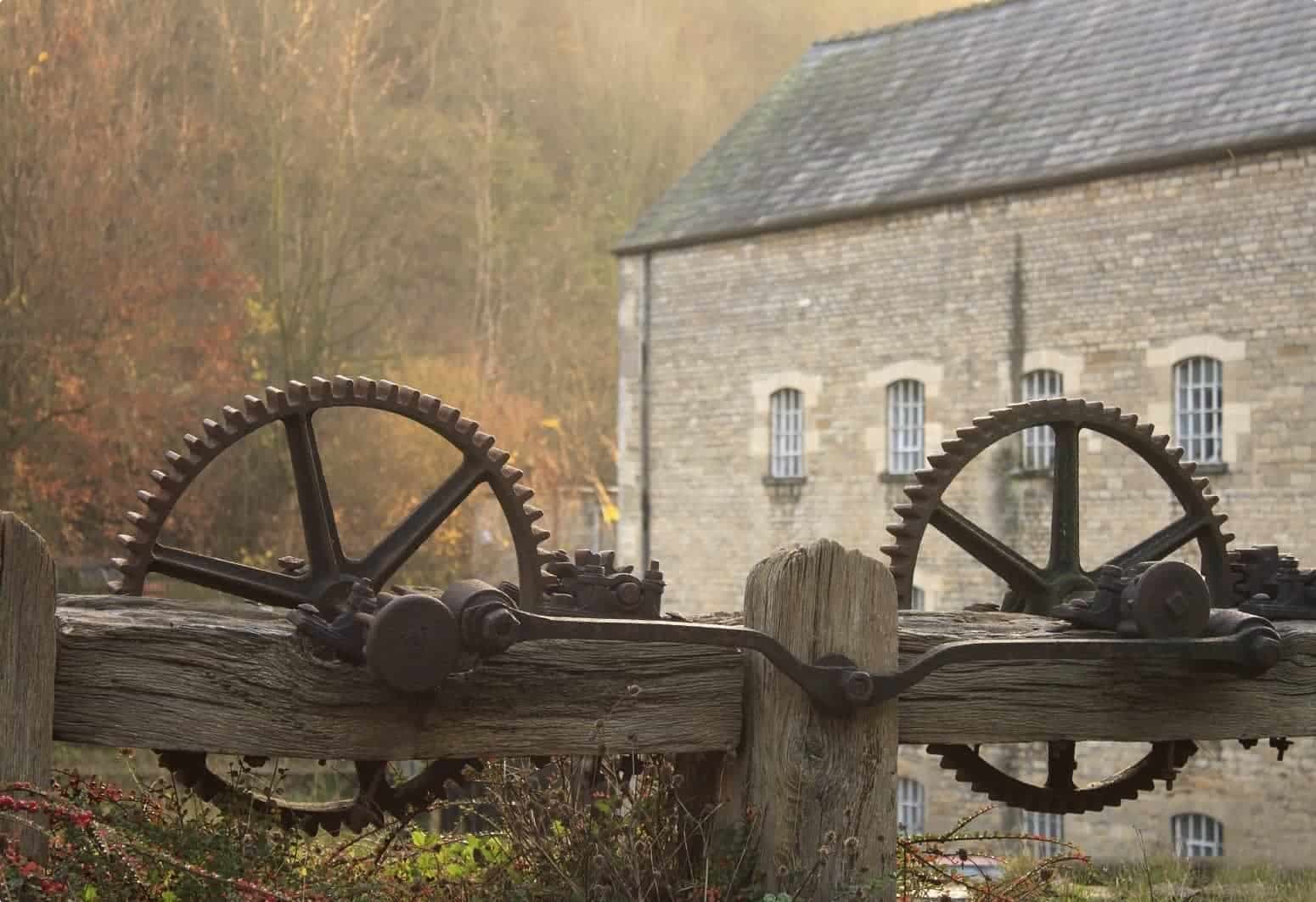Small Group Literary Tours of England for Seniors
Explore Britain's literary heritage on small group package holidays and tours for mature and senior travellers each year from Odyssey Traveller. Small group tours for couples and solo travellers with a passion for exploring and learning.
24 Sep 21 · 9 mins read
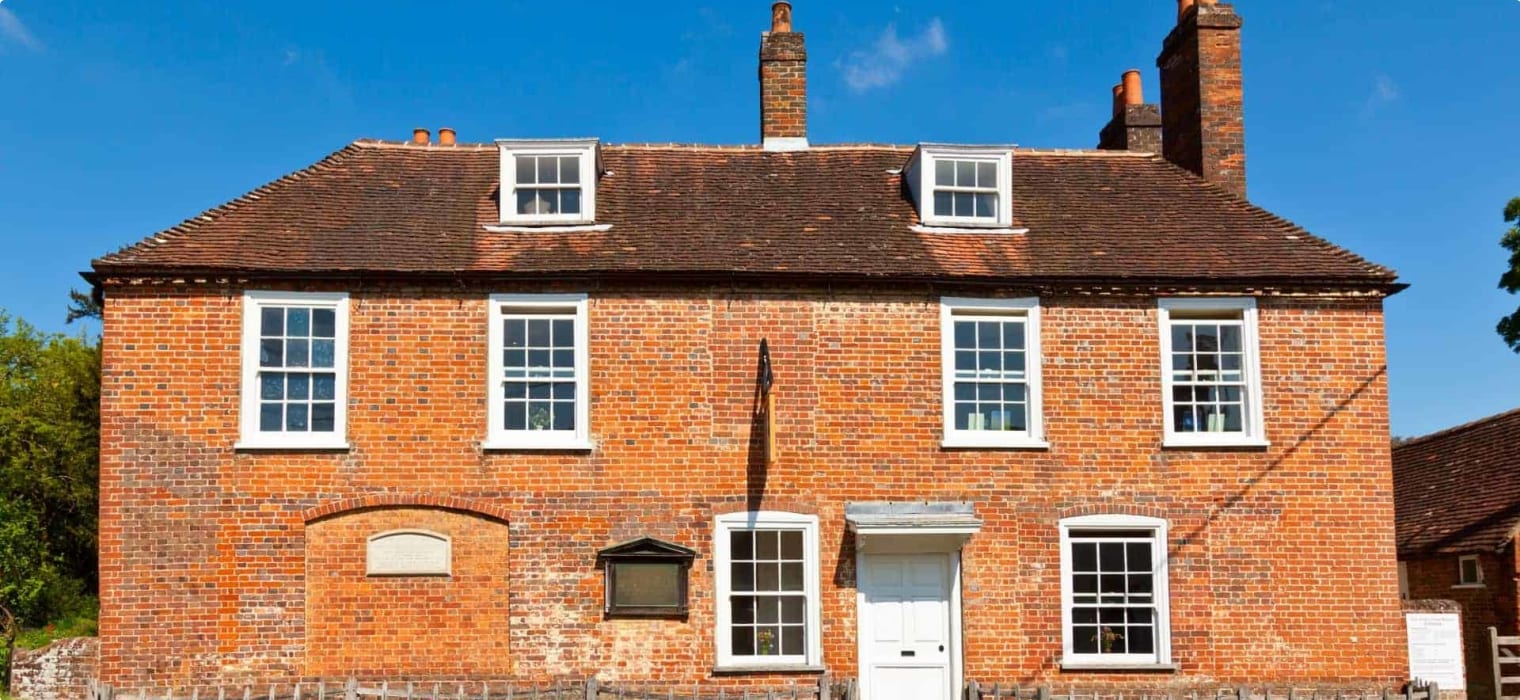
Small Group Literary Tours of England
Odyssey Traveller has been offering small group tours since 1983 to mature and senior travellers. Literature based tours is one of the many themes that Odyssey has built its collection of small group tours of interest for couples and solo travellers to experience and learn from.
England offers amazing attractions to lovers of literature and art. Many famous figures lived and worked here over the years, and because of the country’s beautifully preserved history, it is possible to feel as though you are being transported back in time.
The year 2022 marked two hundred and five years since the death of Jane Austen. One of the world’s most popular and enduring authors, Jane Austen’s fans and literary pilgrims flock to Britain in order to retrace her steps. Her former home in Chawton has been preserved and operates as a museum, welcoming guests who seek to catch a glimpse of her world. Her small, wooden desk is a favourite attraction, because on it she penned some of her most famous and loved works.
Odyssey’s Shakespeare, Austen, Turner, the art and literature of England tour includes the a visit to the world of Jane Austen and covers the lives of other writers including the Bronte sisters, Chaucer and Wordsworth. The list of artists and writers touched upon in this literary tour is extensive, and specialised guides, museum visits and lectures ensure that travellers have the best and most informed experience possible. Over 21 days, we explore their worlds – both the landscapes that inspired them and the domestic spheres in which they lived and worked.
Highlights of the tour include touring the Globe Theatre and the Royal Shakespeare Theatre in Stratford-upon-Avon, where we also enjoy a theatrical performance, as well as visiting the Charles Dickens Museum in London, where we discover more about this iconic nineteenth-century novelist. We will stroll through beautiful scenery while hearing about the fascinating history and culture of England.
We also take in the famous Bronte Parsonage in Haworth, and explore Jane Austen’s house at Chawton. In addition, we experience the majestic natural beauty of the Lake District, a UNESCO World Heritage Site.
For information on the next departure, follow this link. Early booking is advised on this popular tour.
Jane Austen and literary tours of England for seniors
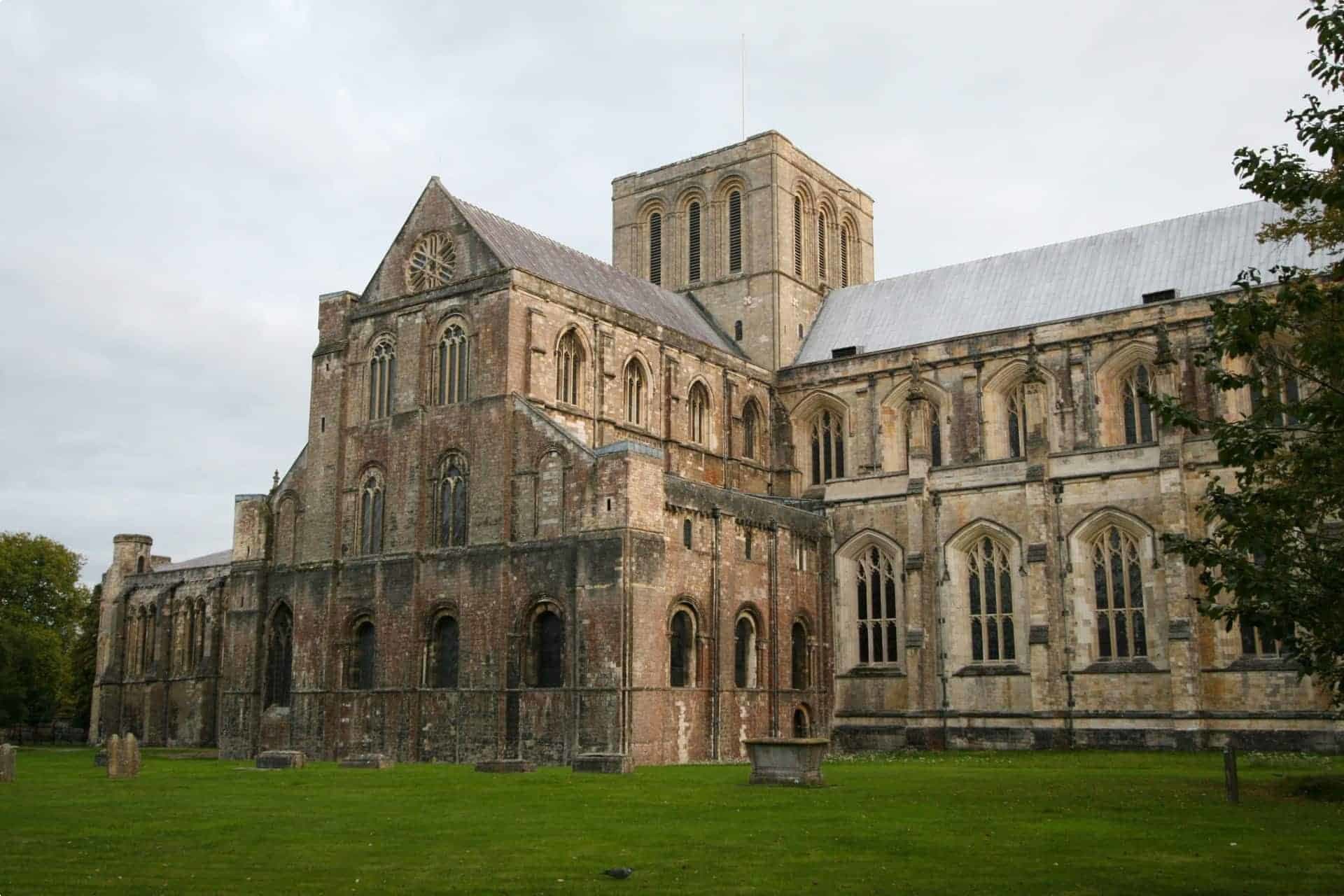
Discovering Jane Austen
Jane Austen was born on the 16th December 1775 in Steventon, North Hampshire. The daughter of the village rector, she lived here for the first 25 years of her life. Her father’s extensive library provided Austen with her at-home education. His live-in students, along with the adventures of her brothers, furthered her access to the outside world. When her father passed away in 1805, Austen, her mother and sister Cassandra were moved to Southampton. It is reported that Austen struggled with city life, being accustomed to the pace of the countryside.
Meanwhile, Austen’s brother Edward inherited property from cousins in the Knight family line. Chawton House is an Elizabethan Manor that propelled him to the status and wealth we might associate with Mr. Darcy – the rich bachelor and love interest from Austen’s Pride & Prejudice. Edward provided modest housing for his mother and sisters within his estate. Their situation is often compared to that of sisters Elinor and Marianne Dashwood – characters from Austen’s Sense & Sensibility. Now called the Jane Austen House Museum, it is here – back in her beloved countryside – that Austen produced her greatest work. She remained here until 1817 when she began to suffer from illness. Now thought to have been the onset of Addison’s Disease, Austen moved with her sister to Winchester in order to be closer to her doctor. Tragically, she passed away just a couple of weeks later aged 41, on the 18th of July, 1817.
Winchester Cathedral
Winchester Cathedral is Austen’s final resting place. Her black marble tombstone lacks any mention of her writing, though it does note “the extraordinary endowments of her mind”. In 1875, a brass plaque was added to the site in order to address the extraordinary success that followed, sadly, only after her death. Many fans visit to pay respect to the beloved author, spending a few silent moments reflecting on her surprising life.
The Jane Austen Society is an informative resource for more information on the writer, and they work closely with the Jane Austen House Museum.
The Jane Austen House Museum
After Austen’s death, her mother and sister continued to live in the cottage in Edward’s Chawton estate. But after Cassandra died in 1945, it was used to house labourers, before being put up for sale two years later. Luckily for us, The Jane Austen Society published an appeal in the Times, and it was purchased by a man named T.E. Carpenter. He turned it into a museum dedicated to the life and work of Austen, and it has remained this way ever since.
In honour of the 200th anniversary of Austen’s death, the Jane Austen House Museum has made special preparations. Two rooms have been redecorated using wallpaper based upon recovered fragments, making the experience all the more authentic. In addition, you can now retrace her steps toward Edward’s residence, Chawton House, where she is rumoured to have spent many an afternoon passing the time away.
Jane Austen’s writing desk
A favourite feature of the museum is Austen’s desk. Made from walnut, it is scarcely big enough to house a single book! It is incredible that she penned so many masterpieces on here. She revised the manuscripts of Sense & Sensibility, Pride & Prejudice and Northanger Abbey, and wrote Mansfield Park, Emma and Persuasion. Other historical artefacts are also on display within the museum. You may gaze out the windows at the leafy landscape and imagine Austen doing so, too. Visitors can check out the kitchen and bakehouse, and even picnic in the gardens.
Writer Nigel Richardson details his own own 200th anniversary Austen pilgrimage, which you can read about by clicking on this link. For him, a highlight was meeting volunteer guide Jeremy Knight, who is actually a descendent of Edward. This makes him Austen’s great-great-great-great nephew, and because of this, he has posed for many a fan photo!
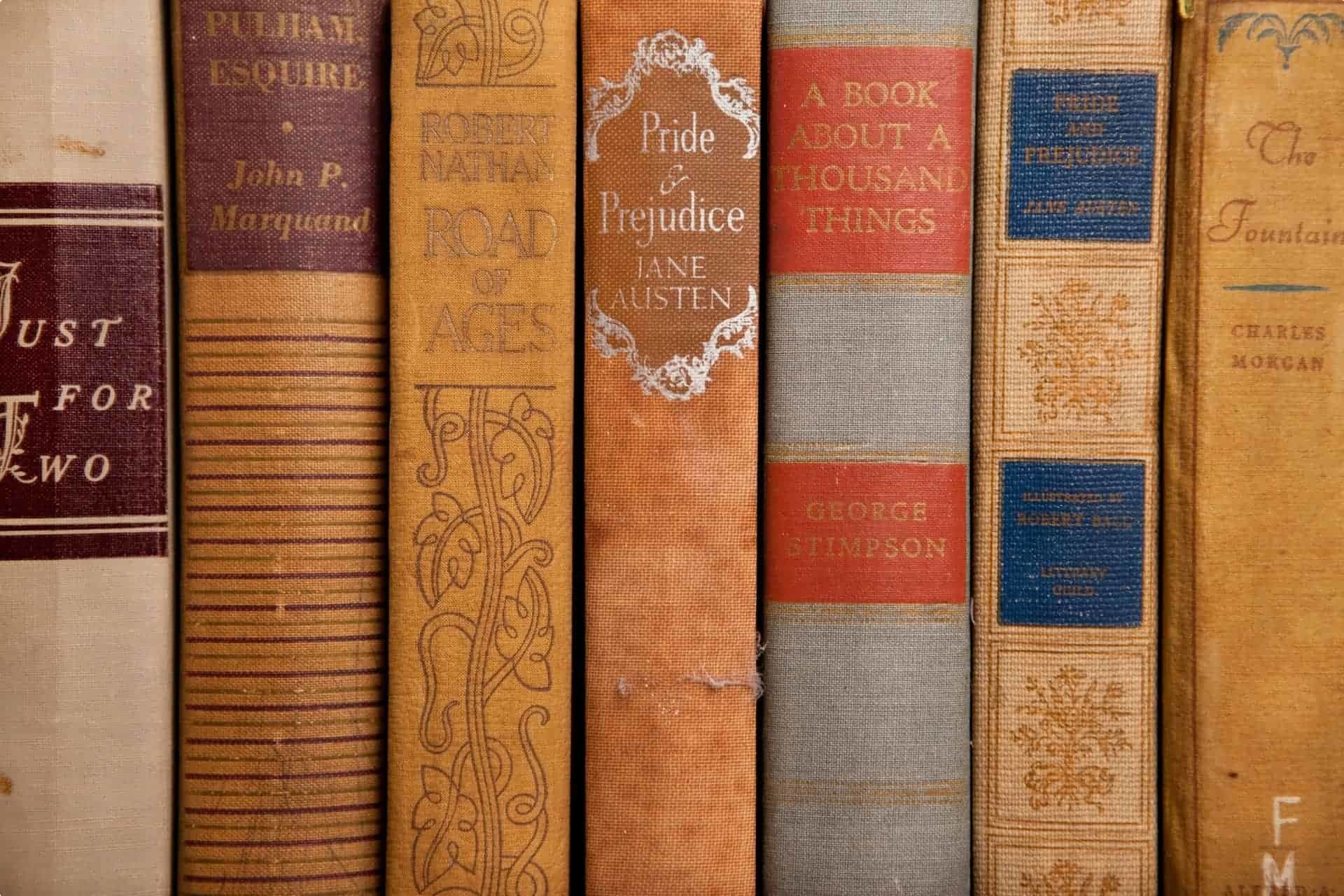
Critical reception of Austen’s work
Austen received little critical attention during her lifetime. She was first outed as a “lady author” with the publication of Sense and Sensibility. Subsequent books did not make mention of this fact directly, but included lists of her other work. The few early reviews she received tended to be favourable but superficial, and focused on the moral lessons to be found in her texts. Evidence suggests she was well respected by some famous authors and aristocrats, who credited her sardonic wit and social observations skills. So, it is interesting that today she is often dismissed as “chick lit” or a romance novelist. This is due in part, perhaps, to the strange fan culture that is associated with Austen.
Jane Austen Societies
There are societies based in England, the U.S., Australia and beyond which boast thousands of registered fans. Some identify as “Janeites”, a subculture fascinated by the novels’ fashion, language – and in producing their own sequels. There is abundant “fan fiction” – both unpublished or amateur, and professional. And in addition to the BBC and Hollywood adaptations are films inspired by her novels, including Bridget Jones Diary (Pride and Prejudice) and Clueless (Emma). Many “Janeites” and fans attend conventions – meeting, costumed, in gardens for themed activities. The New York Times published this recent article on Austen’s fans and the 200th year celebrations. The academic version of the fan is sometimes to referred to as an Austenite instead, and the writer herself remains a respected and key figure in literary history.
Read more in our article “Exploring Jane Austen’s England“.
Turner’s Twickenham house restored to former glory
Joseph Mallord William Turner was an English, Romanticist painter of landscapes. He was born in 1775 to a barber and a butcher’s daughter, and exhibited his first painting aged 15. He created classical paintings that elevated landscapes to the cultural status of history painting. His late works marked a stylistic departure; they were swirling and ethereal. They were dismissed at the time as a sign of the artist’s madness, but are lauded now as a precursor to impressionism. For an excellent discussion of Turner’s life and influence, see this 2012 article by Michael Prodger.
Sandycombe House
Very recently, Turner’s Twickenham home has come into public attention. He first trained as a draughtsman, and reportedly said that if he wasn’t a painter, he would be an architect. So, Sandycombe House, designed by the artist himself, is regarded as his only 3-dimensional piece of art. Now owned by the Turner’s House Trust, the house is Grade II listed. Considerable funds have been invested to save it from demolition. Victorian extensions were demolished and modern fittings stripped from the interior. Its exterior white paint was removed to reveal the original red brick, after 150 years of being concealed. So, the house itself has shrunk – in stark contrast to the surrounding homes in West London! It’s doors are now open to the public, and those that venture inside will experience its bitter cold, while admiring the tall arches and stained glass windows.The original interior wall colour was excavated from layers of paint added later, and Chair of the trust Catherine Parry-Wingfield has been filling the house with special commissions and pieces found in charity shops.
Turner sold the property in 1826, and after this time, it served many different purposes. It was a private home, a laundry, and during the second world war, was turned into a factory to manufacture pilot’s goggles. The heavy machinery during this time nearly shook the house to pieces. It survives, though, and the public can visit Sandycombe House daily from Wednesday to Sunday. For more information on its restoration and history, see this article by Maev Kennedy, published in the Guardian.
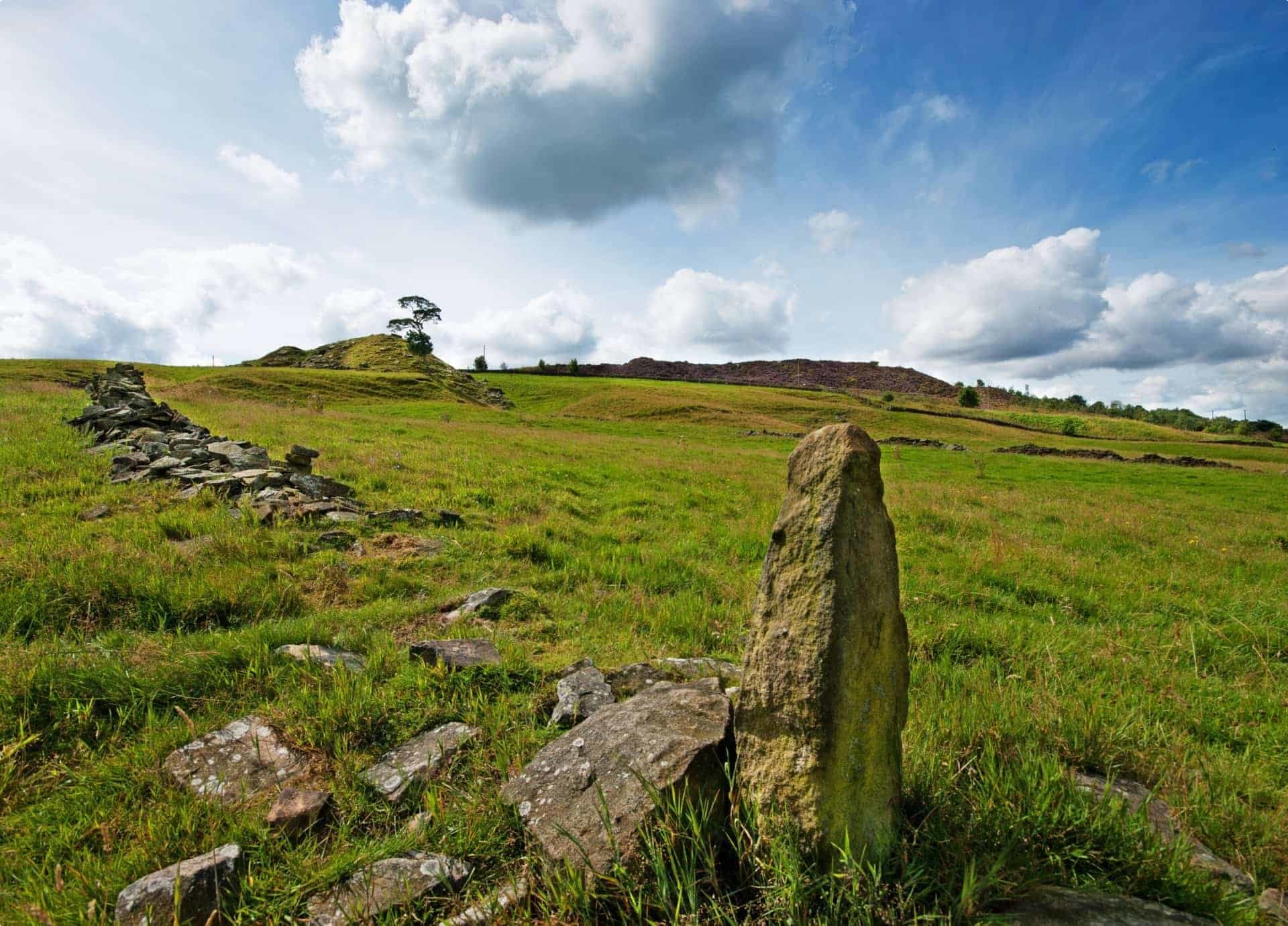
Literary history in England
Jane Austen is one of a long list of famous artistic figures of British history. The home of the Bronte sisters also attracts travellers from far and wide, and it similarly operates as a museum. So, too, Shakespeare’s birthplace of Stratford-upon-Avon.
The Bronte sisters
The Bronte family comprised six children who, along with their parents, settled in Haworth, Yorkshire in 1820. Father Patrick was a published author of poetry and fiction and ensured his children had access to literature too. Following the death of their mother and two older siblings, the three surviving daughters, Charlotte, Emily and Anne, trained to become governesses. This was the only acceptable career for women at the time. They were not terribly successful however, and continued all the while to produce poetry. “Poems” was published in 1846, but sold just 2 copies. Nonetheless, they persisted, and Charlotte’s Jane Eyre was published to some acclaim in 1847. Several other books by the sisters followed, who famously operated under the pseudonyms Currer, Ellis, and Acton Bell. They were forced to reveal their identities to their publisher when attempts were made to attribute all the books to the more successful Currer.
Tragedy for the Bronte family
Their newfound celebrity was short-lived, however, as the death of their brother from tuberculosis only spurred further tragedies. Charlotte lost her two beloved younger sisters to the disease. She continued to write during her grief, revising Shirley and writing Vilette – the last of her novels. Charlotte eventually married but in 1855, she died in the early stages of pregnancy, aged 39. The Bronte Society is an excellent resource for further reading, and they manage the Bronte Parsonage Museum. Set within the Bronte family home, it contains manuscripts, letters, early editions and other paraphernalia. Visitors can explore its layout, including Mr Bronte’s study and Charlotte’s room.

Shakespeare’s birthplace
Shakespeare was born in Stratford-upon-Avon in Warwickshire, and baptized on the 26th April 1564. A poet, playwright and actor, he is among the most highly regarded figures in literary history. In the absence of any surviving evidence, biographers believe he was educated in Latin classical authors at the King’s New School in Stratford. Aged 18, he wed the 26-year-old Anne Hathaway. The pair had three children, including twins. The period directly after this is referred to as Shakespeare’s “lost years”, where no mention of this work appears in any historical record. Little wonder! By 1952, however, his work was being performed on the stage.
Shakespeare’s earliest works tended to be comedies or histories. He then moved to tragedies, producing some of the most acclaimed work of his career, including Hamlet and Macbeth. The final phase of his writing was in tragicomedies and romance. He continued to work until his retirement in 1613, and he died 3 years later.
His home, along with other key sites from his lifetime, survive to be enjoyed today. We can visit his birthplace, and tour the cottage of Anne Hathaway, which is set in impressive grounds. Be sure to check out what’s on during your visit, and try to catch a Shakespeare performance if you can. More information on this hub of all things Bard can be found here.
Art and literature tours of England
Odyssey Traveller’s Shakespeare, Austen, Turner, the art and literature of England tour explores the history of some of our most famous artists and writers. Designed especially for senior travellers, we spend time in London, Bath, Manchester, Cambridge, and more in an educational journey through time. Visit Tintern Abbey, which inspired both Turner and Wordsworth. Hike through Constable country and ramble across the Bronte’s moors. Experience the beauty of the Lake District and enjoy a performance of Shakespeare’s work. Details of this popular, small group literary tour can be found here.
Originally published July 24, 2017.
Updated on October 11, 2019. Refreshed September 24th 2021
